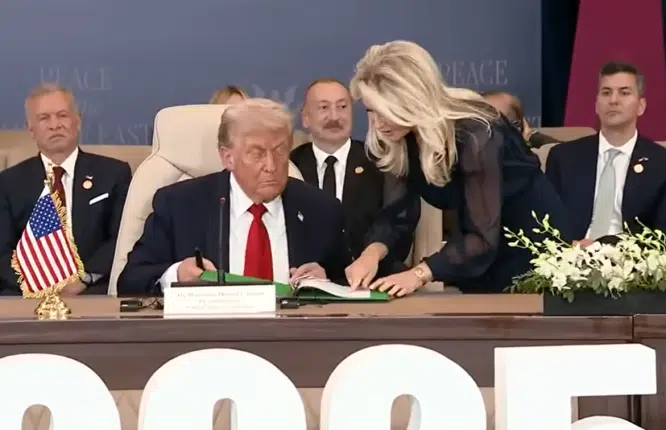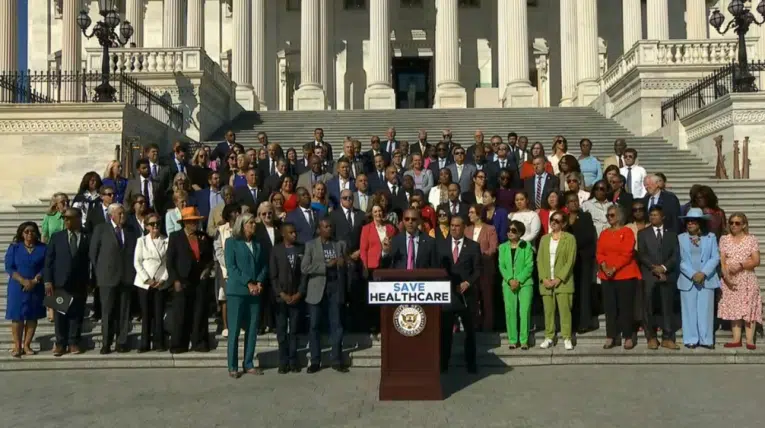Interest rates in Switzerland, Denmark, Sweden, the European Central Bank and now the Bank Japan have now plunged into negative territory, starting a new phase in the era of central banking that is very much uncharted.
Time will tell if it leaves the global economy lost at sea.
So far, banks are primarily being charged for keeping excess reserves on account at these central banks, a policy designed to jumpstart lending by making it more expensive for banks to sit on reserves. In some cases, like Sweden, the deposit rates have gone negative, too.
Whether it will all work out or not remains to be seen — initiating inflation and economic growth. Maybe it will, but so far it’s not really looking good.
So what if it doesn’t work? The longer term implication is that central banks will then feel compelled to move their discount rates and other rates negative, too. Once that Pandora’s Box is open, it will mean that when financial institutions borrow money from the central bank, they will earn interest instead of owing it.
You read that right. When, not if, central banks go completely negative, they will wind up paying banks to borrow money from them.
That’s quantitative easing by another name.
Say, the interest rate is -1 percent. For every $1 trillion that is lent, the central bank in theory would owe an additional $10 billion in interest to the borrowing banks.
Fast forward 10 or 20 years into the future. Can you imagine a world where commercial banks pay their customers to borrow money?
Sure, scoff now. But mark my words. Central banks are so desperate to kick start the economy and credit creation, they will do almost anything. So, if they have to bribe you to borrow money to start acquiring more things, then that’s exactly what they’ll do.
A few problems immediately emerge.
If it ends up costing money for banks to lend money, how will they make any profits?
The answer might be that the profits will be the difference between the interest earned from that bank borrowing the money from the central bank less the interest owed to the borrowing customer.
So, say the bank borrowed from the central bank at -5 percent and then issued a loan with that money at -1 percent. The customer still earns 1 percentage point of negative interest, and the bank still gets to pocket the remaining 4 percentage points of negative interest from the central bank.
But what about savers? Would they be charged just to put money into the bank? If so, why would they keep it there?
Since banks depend on deposits to make up their capital requirements, they would have a powerful disincentive against charging customers to keep deposits, lest it provoke a run on the banks.
But why invest in bonds?
This is where the real rub comes. Already the Japan 10-year treasury is testing 0 percent levels.
Can you imagine a retirement fund that earns less than zero percent? That would mean less than zero percent return on investment. An investor has to pay to hold the bond, only to have principal returned when it comes due. Why bother?
The only way that might make sense would be in an outright deflationary environment. So, say, inflation is at -10 percent, and you’re in a bond that charges -1 percent to hold the bond. In theory, the investor would come out 9 percent ahead because the value of holding cash is still technically appreciating via increased purchasing power.
But even then, it would still make more sense to simply just hold cash to begin with.
So to incentivize bond-buying still and deposits, central banks would simply ban keeping cash. Already the discussion is of discontinuing higher-denomination bills like €500 or $100 bills. To fight crime, they say. Yeah, sure it is. This forecasts eventually our society will be cashless.
In the future, perhaps the only way to get paid will be via a bank account. Then it would be a simple equation. Keep money in an account for too long, pay more. Put it into a bond or spend it all immediately, pay less or nothing.
Then, buying bonds could become the digital equivalent of stockpiling physical gold or silver to prepare for a financial Armageddon. You can see the slogans now: “Buy bonds now and only lose 2 percent this year!”
Okay, so we’ve worked through how financial institutions might survive the scourge of negative interest rates and remain profitable, and how central banks would forestall any more bank runs by simply banning them. And how even investors could in theory still come out “ahead” by putting money into bonds that cost less than keeping it idle.
Which brings us to the issue of deflation. By going negative, are not central banks basically forecasting that deflation — that is, outright asset price depreciation whether in stock prices or home values — is at hand? Perhaps banks can get by in such an environment since they apparently plan on getting paid to borrow money. But what about everyone else?
For, what negative interest rates are really projecting are low-to-no growth and zero-profit environments for the entire global economy sometime in the future, where businesses simply cannot make money. Not now, but perhaps soon.
In the Great Depression, when it came to such price volatilities for, say, farmers, the government instituted a series of agricultural subsidies to keep the farms profitable so they could pay their mortgages.
The implication of no growth and deflation today are that all businesses will come to the government seeking subsidies. We already see it in agriculture. Education. Health care. Housing. Whether it is loan programs for customers or outright grants. There will be more.
This is why capitalism cannot survive no growth. Economies would naturally revert to some form of subsistence, where the need to trade is reduced greatly. But investors demand return on investment. Remember, it’s a world without profits. In a no-growth, deflationary environment, those who over-produce are the ones who get punished by markets. So businesses will demand subsidies for their surplus stock, or for not producing at all, as in the Depression.
Of course, this is all madness. Negative interest rates have never really been tried before. And if they fail to jumpstart the economy and inflation now, the implication is that deflation and low-to-no growth are already at hand. Can you say, “Sell?” It’s almost as if central banks are trying to create the conditions for a bear market. Maybe they’ll ban those, too.
Robert Romano is the senior editor of Americans for Limited Government.







